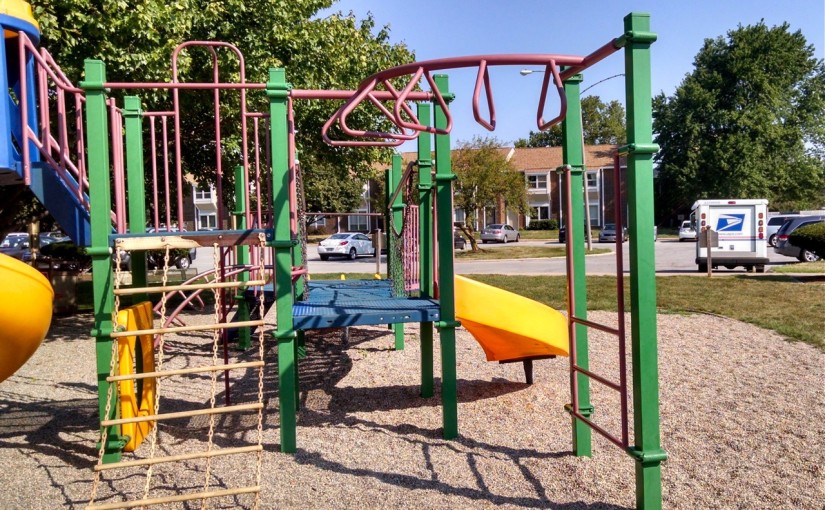In looking for ways to fill my day with diverse natural movement, one tactic I keep seeing suggested is play. It’s a compelling idea. More play will likely boost both the diversity of movement (because play is like that) and the quantity of movement (because play is fun).
I’ve been hesitating, because I already struggle to balance my desire for diversity with the worry that maximizing diversity will make it hard to improve any of the many things I want to improve at. I worry that play will put a heavy thumb on that balance, toward diversity and away from focus.
It’s a big deal, because we know how to get good at something: deliberate practice, as described by Anders Ericsson in a 1993 paper that I’ve talked about before. (For reference: Deliberate practice is a cycle of performing your skill, monitoring your performance, evaluating your success, and then figuring out how to do it better.)
One of the points that Ericsson makes in that paper is that deliberate practice is very different from other activities like work and play:
Work includes public performance, competitions, services rendered for pay, and other activities directly motivated by external rewards. Play includes activities that have no explicit goal and that are inherently enjoyable. Deliberate practice includes activities that have been specially designed to improve the current level of performance.
I will grant Ericsson his point in the case of work: If you’re getting paid, you’re probably not going to be creating opportunities to focus on the areas of your performance that are most in need of improvement; rather, you’ll try to maximize your use of skills and abilities you’ve mastered, so you can produce your best work as quickly as possible.
In the case of play, however, I beg to differ. Or rather, I observe that when Ericsson provides examples of “play” in the paper, he’s mostly talking about competitive and especially team-oriented play. Just like with work, the conditions—trying to win, trying not to let your team down—similarly incentivize arranging things to maximize your use of skills and abilities you’ve already mastered.
Serious competitive play is only one kind of play, though. There’s a lot of play that is only notionally competitive, as well as play that’s explicitly cooperative. These other sorts of play are at least as common as serious competitive play.
In my experience, these other sorts of play are full of deliberate practice.
I once saw a kid trying to jump a skateboard onto a low wall. In the time it took me to walk past (a minute or two), the kid repeatedly rolled his skateboard in a big loop tangent to the wall, attempted to make the jump, failed, and set up to try again. I don’t know how long he was going at it before I arrived or after I left, but I’ve rarely seen a more perfect example of deliberate practice: He was performing his skill, monitoring his performance, trying to figure out how to do it better, and then trying again.
In my experience, play involving a group of people of various skills levels very often includes specific instruction and specific encouragement for the less-skilled players to learn and then practice a new skill. “You don’t know how to do a vault? Well, here’s one way. Try it a few times.”
So, I think I’m going to quit hesitating to emphasize “play” as a way to fit more, and more various, natural movement into my day. Like that kid on the skateboard, I’ll try to include some deliberate practice in my play. Of course, I still have my essential quandary: How do I thread the needle between focusing on one or a few things without losing the diversity? But that’s a problem for another day. My play can include as much focus as I choose to include.

